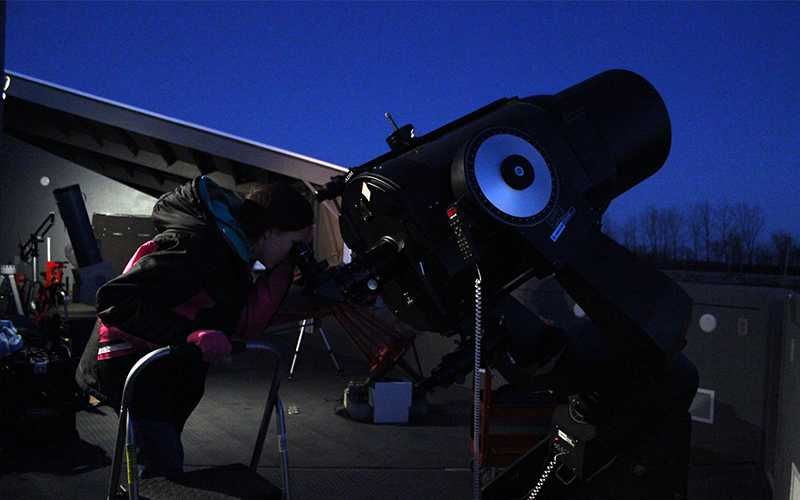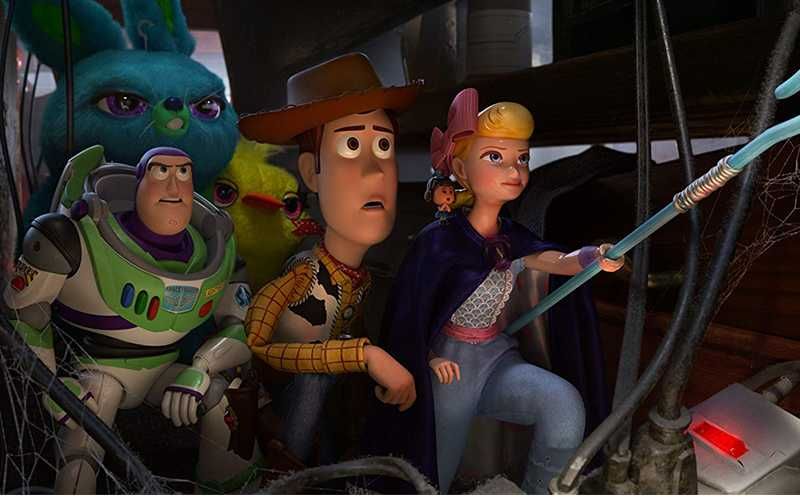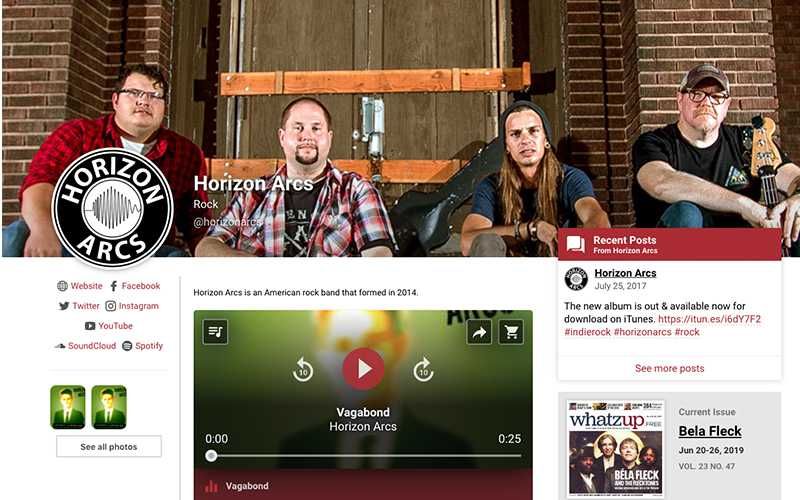When the Fort Wayne Astronomical Society was founded in 1959, they not only set about observing and charting theirs and our celestial surroundings, but in sharing that information with as many people as possible.
They are celebrating their 60th year by continuing the search for, examination, and dissemination of astronomical knowledge, along with the related sciences.
See the Stars every clear Saturday
Located in Jefferson Township Park outside New Haven, the FWAS observatory began operating on May 20, 2017. Since then, they have hosted public stargazing on every clear Saturday night between April and November. The new observatory is one of the first developments of Project Star*Quest, overseen by Project Manager Gene Stringer, who has been a member of the FWAS since 1966.
“[I’m] really pleased I’ve had [this] long of a tenure with the society,” Stringer said.
He has seen the FWAS go through many changes, including moving from their old location at the Allen County Fox Island Park.
“In 2006 our facilities in the old park were in need of upgrading, and we knew we were going to have to do something,” Stringer said. “We did decide we were going to have to move simply because of light pollution and because the trees had grown up.”
Prior to their arrival at Fox Island, it was a Christmas tree farm. According to the FWAS, the trees had grown so tall in 30 years they could not observe certain objects in the sky, like the planet Mercury, which had remained obscured by the trees.
Stringer is one of the many volunteers the FWAS is lucky to have, people who invest their time in the structure they’ve built, along with the knowledge they cultivate and share.
The FWAS is run wholly by volunteers. Not a single board member is paid, nor are there any paid staff positions. The love and dedication has not gone unnoticed.
The FWAS were honored by the Jet Propulsion Laboratory (JPL), the famous NASA funded organization responsible for creating such important projects as Voyager 1 and 2, and the Martian rover Pathfinder. They recognized the FWAS as an organization which “promot[es]…science and technology by sponsoring astronomical telescope observing of the moon and planets.”
Hoping for a spectrograph
Project Star*Quest is aimed at increasing the observatory’s reach and effect, currently in the form of a potential grant to obtain a Spectrograph. Spectrography allows the observation of distant objects in a compositional manner, meaning someone from the FWAS observatory could tell which elements a distant object is composed of, as well as other helpful information.
“One of the plans is to become closer to the universities in the area,” Stringer said, explaining that a Spectrograph is “a major tool in instruction for astronomers.” In the event the grant comes through, the FWAS observatory would see a great increase in traffic, including some in cyberspace, as they could potentially add remote access to the facilities as well.
Those facilities include a 16-inch telescope which features onboard GPS, as well as a motor to compensate for the movement of Earth through space, keeping objects perfectly centered and in focus.
It’s not the only telescope, however. Visitors and members alike can use the Newtonian telescope built by FWAS founding members Glenn Harnishfeger and Maurice Crow.
“It’s still in operation,” Stringer said, “and has wonderful images.”
Observatory built for crowds
It is one of three large telescopes visible when you set foot into the observatory.
“Usually people think of an observatory, they think of a dome,” Stringer said. “This observatory is a way we can accommodate many people, and you can come through as a crowd. We’ve had as many as 100 people come through.”
Designed by TekVenture CEO Greg Jacobs, the observatory can open itself to the sky, both the ceiling and a large portion of the wall sliding out along dual arms along either side of the building. Inside it feels much more like a workspace than many visitors may expect. It has an air of science, an action-oriented area for discovering and doing.
“Our main purpose is, and it has always been, for the public,” Stringer said.
There are four concrete pads arranged near where the observatory slides open, with a wheelchair accessible ramp. Inside, in a room behind the telescope, visitors and members will find a workbench, an impressive library of astronomy and science books, as well as maps of the stars, moon, and Mars.
Stringer has obviously enjoyed many nights sharing the facilities and its joys with others. When he talked of the main 16-inch telescope he explained its 130,000-object database, how when you turn it on, the onboard GPS will kick on and locate what you’re looking for.
“It knows the sky,” Stringer said.
For 60 years now the FWAS has helped Allen County citizens achieve that very same thing, with an eye on the decades to come.
 Submit Your Event
Submit Your Event




